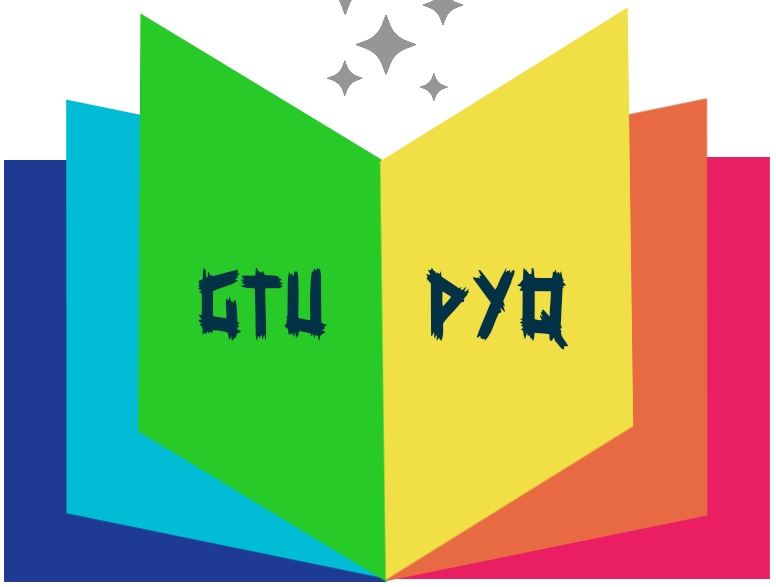1. Electronic Materials:
This module introduces the concept of electronic materials and their fundamental properties. It explores the free electron theory and the energy band diagrams, including the Kronig-Penny model to understand the origin of the band gap. The module also covers energy bands in solids, and E-k diagrams, and distinguishes between direct and indirect bandgaps. Furthermore, it delves into various types of electronic materials such as metals, semiconductors, and insulators, discussing the density of states, occupation probability, Fermi level, effective mass, and phonons.
2. Semiconductors:
In this module, learners will delve into the world of semiconductors. It covers intrinsic and extrinsic semiconductors and explores how the Fermi level depends on carrier concentration and temperature (equilibrium carrier statistics). The module also discusses carrier generation, recombination, and transport mechanisms, including diffusion and drift. Additionally, it focuses on p-n junctions, and metal-semiconductor junctions (Ohmic and Schottky), and highlights semiconductor materials crucial for optoelectronic devices.
3. Light-Semiconductor Interaction:
This module delves into the interaction of light with semiconductors, particularly focusing on optical transitions in bulk semiconductors. It covers various optical phenomena, including absorption, spontaneous emission, and stimulated emission. The concept of the joint density of states and density of states for photons is explained. The module explores transition rates using Fermi’s golden rule and discusses optical loss and gain. Additionally, it addresses important effects like the photovoltaic effect and exciton, while also introducing the Drude model.
4. Measurements:
In this module, students will learn about different measurement techniques for characterizing semiconductor properties. It covers a four-point probe and Van Der Pauw measurements for determining carrier density, resistivity, and hall mobility. The module explains hot-point probe measurement, capacitance-voltage measurements, and parameter extraction from diode I-V characteristics. It also introduces techniques such as DLTS (Deep Level Transient Spectroscopy) and UV-Vis spectroscopy for band gap determination and absorption/transmission analysis.
5. Superconductivity:
The final module delves into the intriguing realm of superconductivity. It introduces the concept of superconductivity and explores the unique properties of superconductors, including their behavior in magnetic fields, the Meissner effect, the pressure effect, the impurity effect, and the isotopic mass effect. The BCS Theory, which explains the mechanism of superconductivity, is covered in detail. The module also addresses the penetration depth of magnetic fields, Josephson’s junction, and the application of superconductors.



